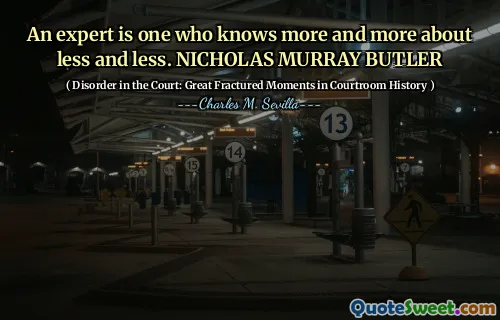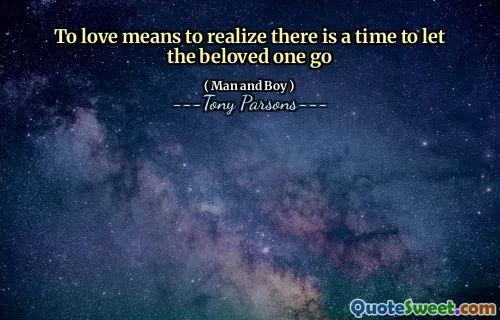No, my lady, you are wrong! Death lives among the poor. Death lives in the foulest, darkest alleys of this city, in some vile, rat-ridden hovel that smells of-" He stopped here, partly because he had never been inside such a hut or thought of wondering what it smelled like. "Death lives among the poor," he went on, "and comes to visit them every day, for he is their only friend.
The quote highlights the stark reality that death is a constant presence in impoverished areas, suggesting that it is more familiar to those living in hardship than to others. The speaker acknowledges the grim living conditions of the poor, describing their surroundings as dark and foul, without having personally experienced it. This illustrates a disconnect between the speaker's upper-class existence and the harsh realities faced by those in poverty.
Furthermore, the assertion that death is a "friend" to the poor implies an ironic comfort in its certainty amidst suffering. It reflects a deep compassion for those who endure daily struggles, suggesting that while death may seem fearsome, it also offers a form of companionship to those who face relentless adversity alone. This duality raises questions about the nature of life and death and the societal divisions that often blind the privileged to the suffering of the less fortunate.





